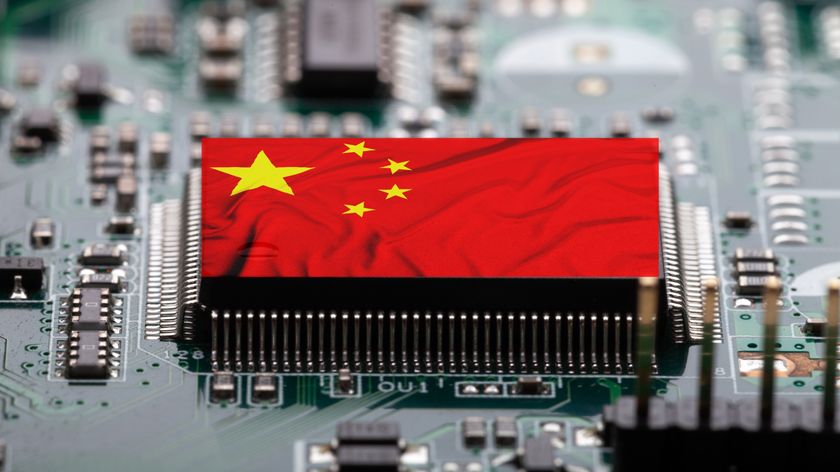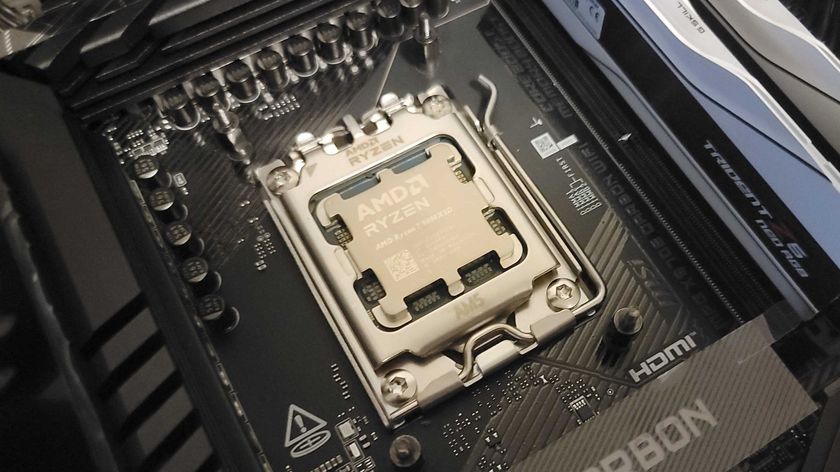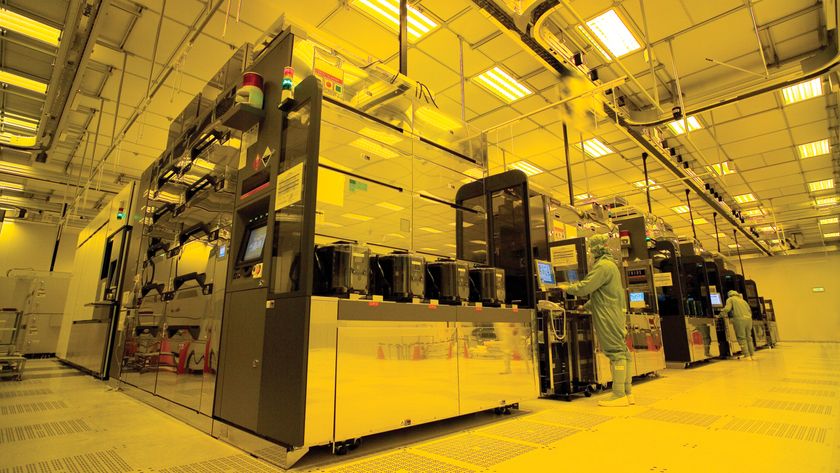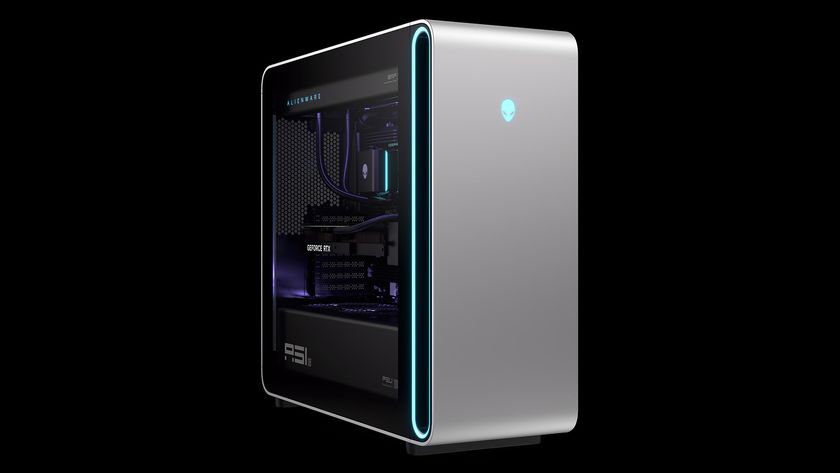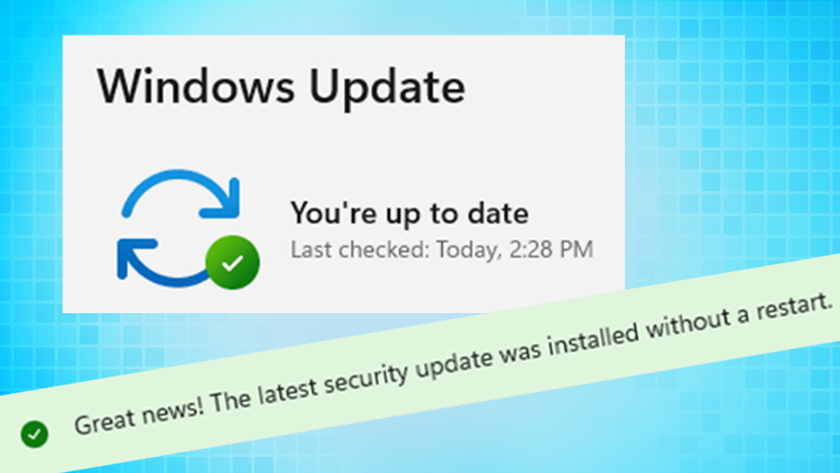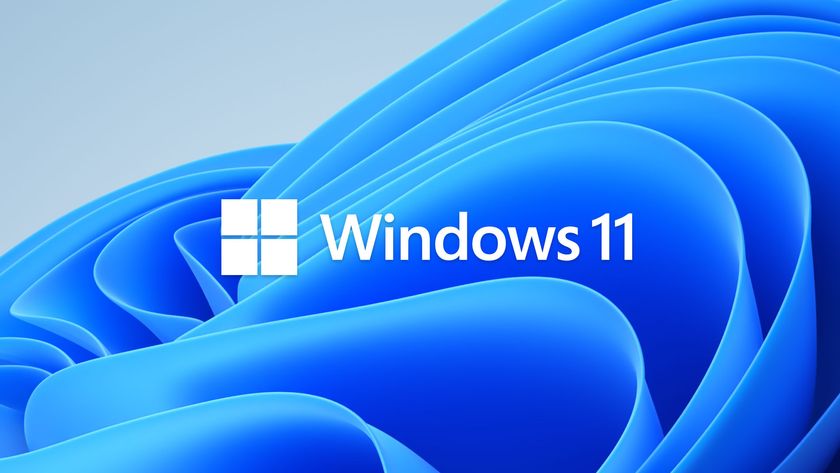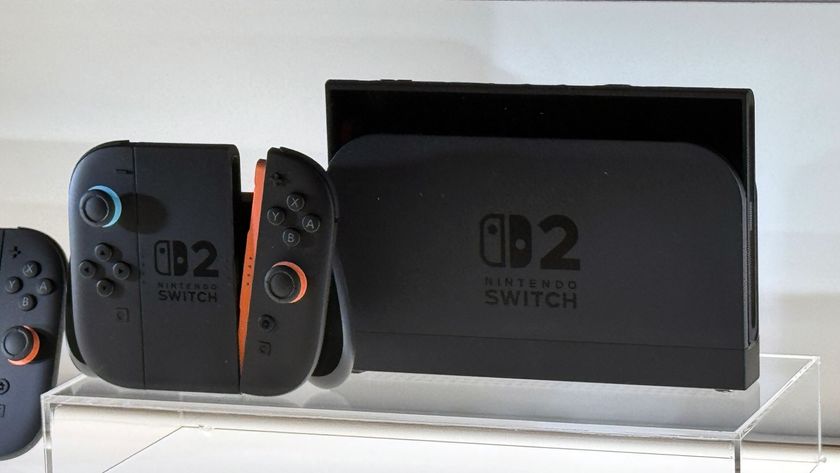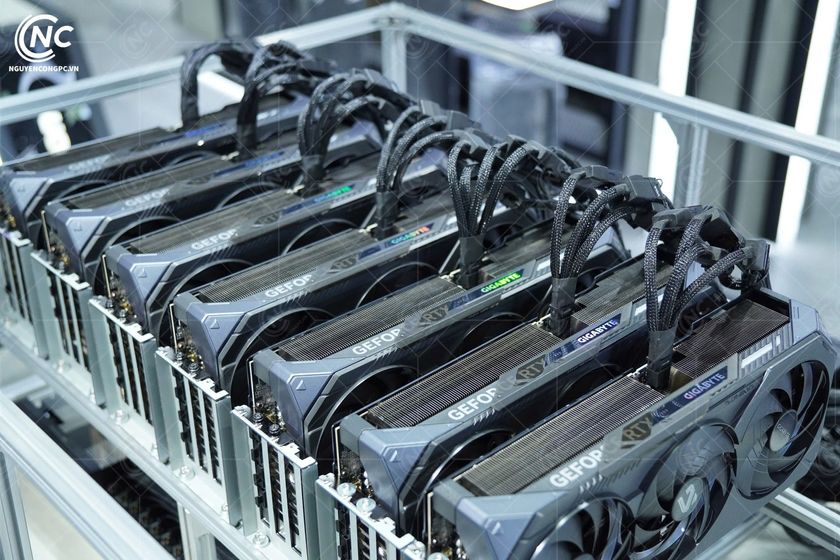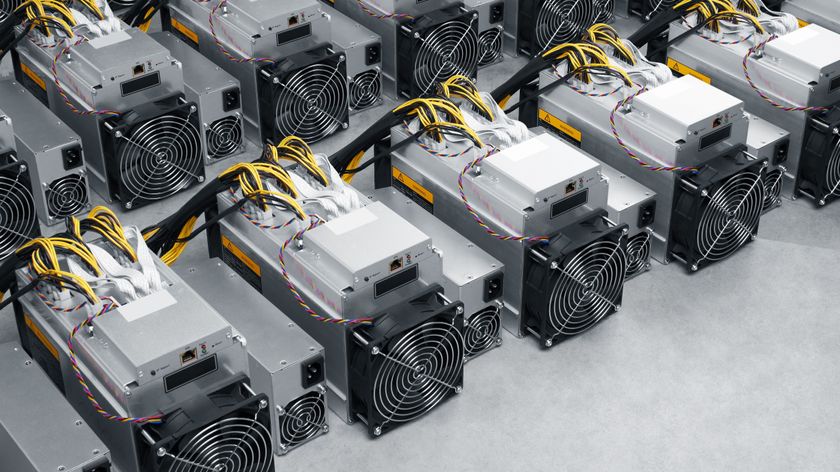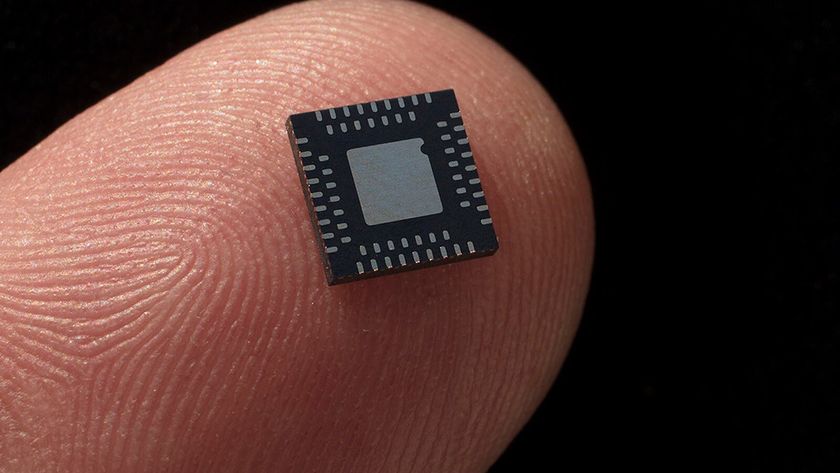Intel Brings Its Own Benchmark to Refute AMD's '2X' EPYC Claim
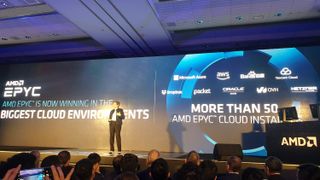
Intel is firing back at AMD CEO Lisa Su's Computex claims that the company's upcoming 7nm EPYC Rome data center processors are twice as fast as Intel's Xeon Scalable 8280 processors in a popular benchmark. But Intel says that AMD didn't configure its Intel test system correctly, and also didn't use the most relevant processors for comparison testing. Now Team Blue has released benchmarks to back its claims.
It might seem a bit odd to quibble over one single benchmark, but there's a lot at stake. Intel made $34 billion last year from its data-centric businesses, which also includes storage, memory, and networking products, all of which benefit from Intel's commanding share of the data center processor market. In fact, Intel's data center sales now account for roughly 50% of the company's total revenue.
But according to leading analysts, AMD is poised to start taking larger portions of Intel's market share. AMD's EPYC Rome processors come this quarter with up to 64 cores and 128 threads apiece, far outweighing Intel's general-purpose lineup of Xeon chips (the flagship Xeon 8280 weighs in at 28 cores and 56 threads). Not only is AMD taking the lead in core counts, it is also taking the process lead with TSMC's 7nm node, which should improve pricing and reduce power consumption.
During her first Computex keynote, AMD CEO Lisa Su demoed EPYC Rome chips delivering twice the performance of Intel's flagship processors in the NAMD protein folding benchmark. The test results have raised the ire of Intel, marking yet another tussle between the two companies.
The Benchmarks
AMD's dual-socket server has 128 cores and 256 threads, so it isn't entirely surprising to see that much firepower beat Intel's competing 56-core 112-thread dual-socket server. But core counts, while important, aren't the end-all, be-all. All cores are not created equal, and Intel says that after it applied the correct optimizations to its system, it scored 30% higher than the results presented by AMD (below). That doesn't give Intel's Xeon 8280 the lead, but shows the chips are more competitive with the correct optimizations.
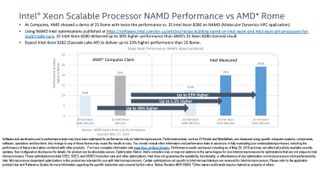
But Intel doesn't want to just be more competitive. It wants to prove that it will continue to lead even after AMD's 7nm Rome processors come to market. To that effect, Intel also included test results with its Xeon Platinum 9000-series (Cascade Lake-AP) that come armed with as many as 56 cores, 112 threads, and 12 memory channels crammed into a package that dissipates up to 400W. These new behemoths, which are essentially two Skylake-SP CPUs in a single socket, only come in OEM servers, so they aren't available on their own like AMD's Rome chips will be.
When Intel brings its high-powered -AP battleships to bear, it takes a 1.5% lead with the 96-core 9242 server, while the 112-core 9282 server takes a 23% lead over AMD's 128-core server.
Stay On the Cutting Edge: Get the Tom's Hardware Newsletter
Get Tom's Hardware's best news and in-depth reviews, straight to your inbox.
But we have to keep thermal design power (TDP) in mind. AMD hasn't released pricing for its Rome chips, but TDP serves as a decent indicator of competitive price ranges. We're told by our sources here at Computex that AMD's Rome has a maximum 240W TDP (to be clear, that’s not officially confirmed by AMD), slotting between Intel's Xeon 8280 and the low-end -AP models (if there is such a thing). Meanwhile, Intel's 9282 and 9242 weigh in at 400W and 350W, respectively.
TDP is a decent litmus test of system pricing, as more heat generation and power consumption require more expensive components and equate to higher operating costs. That means Intel's behemoths require exotic cooling, and because they aren't socketed processors like we see in most servers, unique system designs that impact price heavily. Meanwhile, AMD's chips are definitely designed for the general-purpose market, whereas Intel's -AP models are pricey pieces of silicon that are only available as OEM systems and command premiums so high that pricing isn't public.
Intel's 8280 processors have a recommended price range of $10,000 to $17,000 apiece, depending upon the options you choose, and while AMD hasn't announced pricing for its Rome models, it's fair to assume it picked the 8280's as a comparison point based on pricing. While Intel's 9282 and 9242 may be the fastest on the market, they're likely priced significantly higher than AMD's Rome parts. It's all about the price-to-performance ratio, so unless Intel is going to significantly reduce its pricing, the -AP's performance advantage is a hollow win.
AMD didn't provide a detailed outline of its test configuration in its press deck, but we followed up and the company provided its setup:
Based on AMD internal testing of the NAMD Apo1 v2.12 benchmark. AMD tests conducted on AMD reference platform configured with 2 x preproduction 2nd Generation EPYC 7nm (“Rome”) 64 core SoC, 16 x 32GB DDR4 2933MHz DIMMs, and Ubuntu 19.04, 5.0 kernel and using the AOCC 2.0 beta compiler with OpenMPI 4.0, FFTW 3.3.8 and Charms 6.7.1, achieved an average of 19.60 ns/day; versus a Dell 740 server configured with 2 x Intel Xeon Platinum 8280 28 core CPUs, 12 x 32GB DDR4 2933MHz DIMMs and Ubuntu 19.04 , kernel 5.0 using the ICC 19.0.3 compiler with FFTW 3.3.8 and Charms 6.7.1, achieved an average of 9.68 ns/day. Performance may vary with production silicon.
Coincidentally, AMD's notes reveal Rome supports DDR4-2933, up from the current gen's DDR4-2666. That might go higher with production silicon, but this is a good example of why companies tend not to share detailed test setups with pre-production parts. Kudos to AMD for stepping up.
Intel also provided the details of its test configuration (note, this Linux kernel is patched for the most recent vulnerabilities):
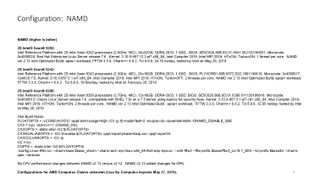
AMD did use a different compiler for its EPYC setup than it did for the Intel system, but that's expected. Intel's tuning did expose greater performance from its chips than AMD did, but that appears to be because AMD didn't use the optimizations. Intel's optimizations are available publicly on its website, meaning that AMD either wasn't aware of the optimizations or chose not to use them. Aside from the lack of optimizing the competitors' platform, which may be unintentional, it doesn't appear that AMD went out of the way to skew its test results.
Vendor-provided benchmarks are always fraught with peril. Can we trust them? No, and every company has run afoul of what we consider acceptable when it comes to competitive performance comparisons, including both AMD and Intel. That's why independent third-party testing remains the gold standard. But this round of testing doesn't seem to be an egregious violation on AMD's part.
It's important to bear in mind that a single benchmark doesn't even begin to tell the full performance story, especially one that is obviously well-suited to the strengths of AMD's architecture. AMD says it's EPYC Rome chips will come to market this quarter, so we'll soon know the full details. We can't wait to put AMD's finest up against Intel's Xeon Scalable 8280, which we recently reviewed (we have our own Xeon 8280 NAMD results inside). Stay tuned.

Paul Alcorn is the Managing Editor: News and Emerging Tech for Tom's Hardware US. He also writes news and reviews on CPUs, storage, and enterprise hardware.
-
amir.zabin the intel 56Core dosent have hyperthreading, thats confirmed now, and by what i see so far amd can optimize the compiler as well so intel is rekt tbhReply -
jimmysmitty Replyamir.zabin said:the intel 56Core dosent have hyperthreading, thats confirmed now, and by what i see so far amd can optimize the compiler as well so intel is rekt tbh
That is incorrect per reporting:
https://www.anandtech.com/show/14182/hands-on-with-the-56core-xeon-platinum-9200-cpu-intels-biggest-cpu-package-ever
It does have SMT on it. Why would Intel not use SMT on their products?
There is also more to server than just core count as well. The technology around a CPU matters greatly and Intel typically does have more of that especially since they typically have a hand in developing newer standards.
AMD will probably grab some market share but it is not going to be an overnight change from Intel to AMD.
However this goes to show that you can never trust marketing from a company. They will always show their product in the best light possible. AMD and Intel both do it as do most other companies. But it is to be expected. You want to sell your product so you claim its the best. -
bigdragon Intel needs to start specifying if they applied Spectre, Meltdown, MDS, and other mitigations to their benchmark machines and scores. The difference can easily reach into 40% in some cases. Intel's response makes me think AMD applied the mitigations when calculating their figures while Intel removed the mitigations in their response numbers.Reply -
EvilOni The results are scarcely comparable.Reply
those Xeon 9000 series practically don't exist. You can't even find pricing on them, it's only available through select OEMs at an "if you have to ask for the price you probably can't afford it" basis.
The CPU's that AMD compared their EPYCS to were $10k a pop and the 9000's are more expensive at that.
And each have what? a 400w TDP?
Yeah a CPU that's four times more expensive with twice the TDP to only draw even is going to be a hot seller in the datacenter -
cement_head We just bought current generation AMD EPYC CPU's - a dual socket - for bioinformatics work. Why did we go with AMD rather than Intel? One, we've been using an AMD Opteron CPU for several years and it's performance has been excellent, and two, for the current EPYC models/choices, price was a major factor. EPYC CPUs are significantly cheaper - more than 50% less than a comparable (performance-wise) Intel CPU, so we can spend more money on RAM and GPUs. With AMD's EPYC line of CPUs, Intel's costs just don't make sense...Reply -
amir.zabin Replyjimmysmitty said:That is incorrect per reporting:
https://www.anandtech.com/show/14182/hands-on-with-the-56core-xeon-platinum-9200-cpu-intels-biggest-cpu-package-ever
It does have SMT on it. Why would Intel not use SMT on their products?
There is also more to server than just core count as well. The technology around a CPU matters greatly and Intel typically does have more of that especially since they typically have a hand in developing newer standards.
AMD will probably grab some market share but it is not going to be an overnight change from Intel to AMD.
However this goes to show that you can never trust marketing from a company. They will always show their product in the best light possible. AMD and Intel both do it as do most other companies. But it is to be expected. You want to sell your product so you claim its the best.
according to the intel slide "hyperthreading:ON 1thread per core"
dont forget that they dont have the software updates installed in their benchmarks just some food for thought
-
JayNor The Cooper Lake 14nm 48 core/96 thread chip will add two more memory channels and support for higher speed memory. Also will add bfloat16 avx512 support. wikichip shows it with pcie4 support, although I haven't seen an intel announcement yet. This is supposed to be sampling this year, so need to run the benchmarks again to see if the extra features boost it over the amd 64 core chip.Reply -
JayNor Replyjimmysmitty said:That is incorrect per reporting:
https://www.anandtech.com/show/14182/hands-on-with-the-56core-xeon-platinum-9200-cpu-intels-biggest-cpu-package-ever
It does have SMT on it. Why would Intel not use SMT on their products?
The avx512 is shared between threads. Apps that use it are trying to keep it filled. I've read ai performance recommendations that say turn off hyperthreading and use core affinity assignments to guarantee consistent high performance from these. -
Ncogneto You call that firing back? LOL, more like a wimper if you ask me. Use the $ spent on the system that Intel used to pull even with AMD, build the best system spending the same amount of money on an AMD system, then benchmark the two head to head. That would be a fair benchmark. And none of this special Kernel compiled to run cinebench.Reply -
Julian321 No software patches installed it seems. That could easily knock at least 12% performance. Regardless, in terms of quality it's not the performance that really matters, its the spread between the TDP and the performance. Intels 9000 series servers may have more raw power but it consumes too much electricity and requires too much cooling. It's a sloppy design and even if they were the same price I would chose the AMD system.Reply
